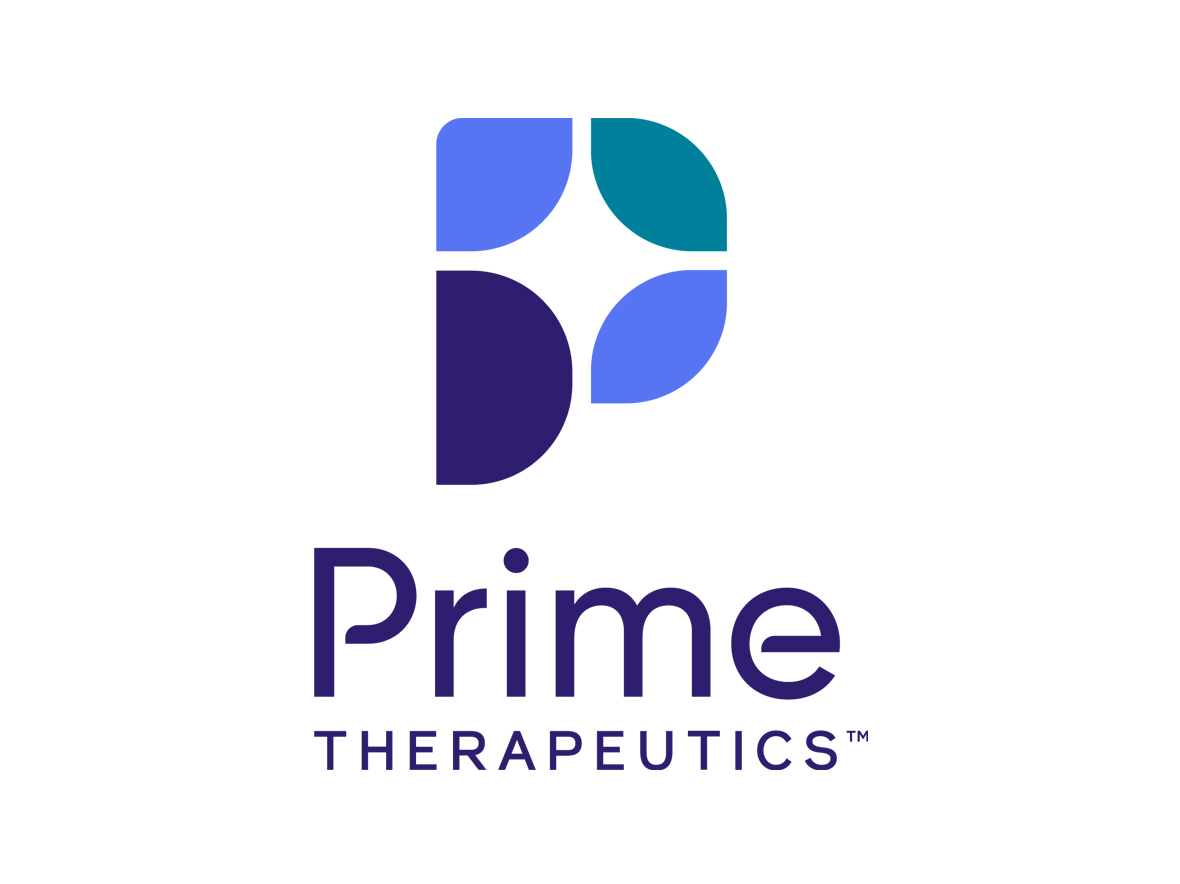AMCP Nexus 2024 in focus: How social determinants of health data can be used to better treat patients with diabetes - Prime Therapeutics
AMCP Nexus 2024 in focus: How social determinants of health data can be used to better treat patients with diabetes
Jared Scripture, health outcomes scientist, shares more about the study “Leveraging Publicly Available SDOH Measures to Segment Members and Quantify Differences in Diabetic Medication Adherence: A Latent Profile Analysis”

Social determinants of health (SDOH) measures help predict health outcomes and guide targeted interventions to specific parts of the population to prevent nonadherence. Using publicly sourced SDOH measures has become crucial, and an active area of research, as sourcing data directly at the patient level is both costly and unstandardized.
One of two Prime research posters that looked at SDOH, this study examined patterns in ZIP codes across the United States and SDOH measures from American Community Survey data to identify medication adherence for patients with diabetes. Based on profile characteristics, researchers identified two types of ZIP codes: underserved ZIP (UZ) codes (16.6%) and advantage ZIP (AZ) codes (83.5%); 18,389 patients met study inclusion criteria.
The study determined that diabetic medication adherence was significantly lower for members in UZs compared to those in AZs: 11% lower in 2022, versus 9% lower in 2023. The data suggests that it’s less likely for members to maintain medication adherence in UZs.
I (Alex Cook, part of the Prime newsroom team) connected with Jared Scripture, health outcomes scientist at Prime, who shared additional insights on this study.
Alex Cook: SDOH research is fascinating. How has research advanced in recent years?
Jared Scripture: Recently, there’s been an emphasis on SDOH research that utilizes population-level data from publicly available data sources as opposed to sourcing SDOH data at the member level directly. This is for good reason, as methods and research that are able to incorporate publicly available data allow researchers to overcome barriers such as the cost of data collection, lack of standardized measures and challenges in maintaining and updating data that come with sourcing data at the member level. As more emphasis gets placed on using population level data, I hope and expect that more data sources will become available, and we will continue to find ways to implement them to improve interventions.
How did some of these advancements in SDOH research inform this study?
JS: Our group has been focused on utilizing publicly available, population-level SDOH data for a few years now, even incorporating some SDOH measures in our predictive models. With that in mind, we are continually looking for new sources of and methods for using that data. Building on that effort, we employed a statistical modeling technique to identify communities that, as a whole, displayed similar patterns of SDOH metrics — the groups of ZIP codes resulting from that approach (advantage ZIP codes and underserved ZIP codes) saw members with significantly lower medication adherence rates in underserved ZIP codes.
As C. Everett Koop said, “Drugs don't work in patients who don't take them.” As you look at the difference in adherence between AZs and UZs, how can health care providers use this data to improve adherence for individuals in UZs?
JS: Ultimately the goal of SDOH research is to better understand what societal barriers are adversely impacting health outcomes so as an organization we can put interventions in place to help alleviate or remove the negative effects of those barriers. With this study, we are able to quantify disparities in medication adherence at a community level — essentially identifying disparities in SDOH that correlate with worse health outcomes — which allows providers and clinicians to implement community-level interventions. Further, using data at the ZIP code or community level can inform what types of community health interventions might be most effective at improving medication adherence or other health outcomes to have the positive impact we are hoping to have on overall community health.
Stay tuned for more AMCP Nexus 2024 in focus content throughout the week in the Prime newsroom. For more information on this research, check out the research poster.
About Prime Therapeutics

Prime Therapeutics LLC (Prime) is a diversified pharmacy solutions organization. We offer innovative pharmacy benefit management, specialty and medical drug management, and state government solutions to millions of people across the country. At Prime, we’re reimagining pharmacy solutions to provide the care we’d want for our loved ones. We challenge the way it’s always been done to develop intelligently designed solutions that deliver savings, simplicity and support to help people achieve better health. For more information, visit us at PrimeTherapeutics.com or follow us on LinkedIn.
